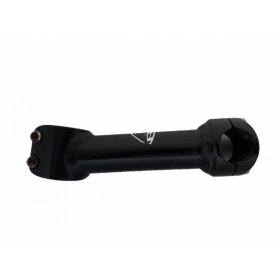-
 New productRaised stem Promax short
New productRaised stem Promax short- €8.99
-
 New product -25%Deda zero 1 stem
New product -25%Deda zero 1 stem- €39.74
- €52.99
-
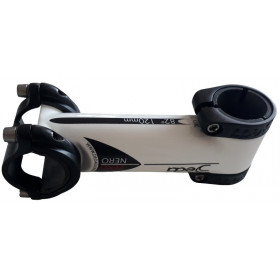 New product -65%Dedacciai Zero Nero stem
New product -65%Dedacciai Zero Nero stem- €54.25
- €154.99
-
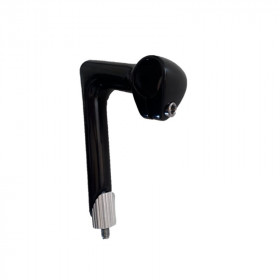 New product
New product -
 New product Used
New product Used -
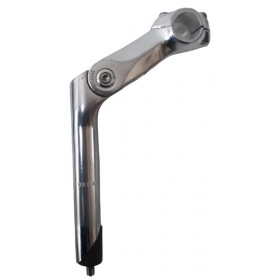 New product -40%Adjustable stem with plunger 25.4 mm
New product -40%Adjustable stem with plunger 25.4 mm- €12.59
- €20.99
-
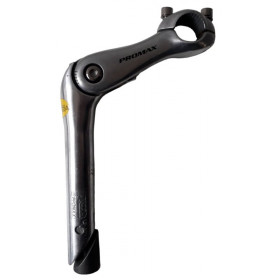 New product
New product -
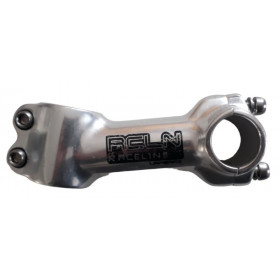 New product UsedBike stem Lapierre RCLN
New product UsedBike stem Lapierre RCLN- €9.99
-
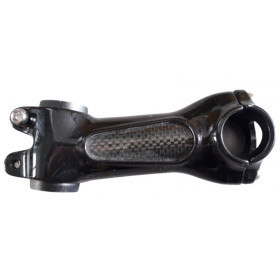 New productGiant stem Team Composite
New productGiant stem Team Composite- €29.99
-
 New productAdjustable stem Zoom
New productAdjustable stem Zoom- €24.99
-
 UsedCinelli Vintage 1 inch stem
UsedCinelli Vintage 1 inch stem- €37.99
-
 New product -38%Deda Superzero stem 8 degrees
New product -38%Deda Superzero stem 8 degrees- €69.43
- €111.99
-
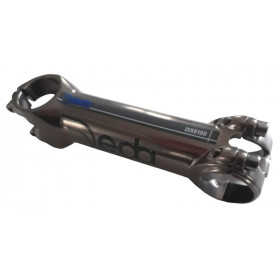 New product -50%Dedacciai Zero100 stem 130 mm
New product -50%Dedacciai Zero100 stem 130 mm- €47.50
- €94.99
-
 New productBike stem Deda Pista
New productBike stem Deda Pista- €54.99
-
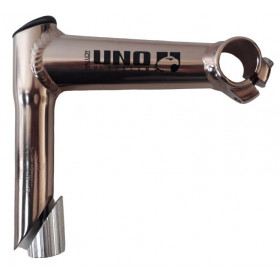 New product
New product -
 New product UsedBianchi stem 120 mm
New product UsedBianchi stem 120 mm- €19.99
-
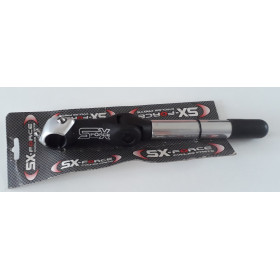 New product -50%Adjustable stem bike SX-Force 90 mm
New product -50%Adjustable stem bike SX-Force 90 mm- €10.00
- €19.99
-
 New productTranz x shock absorber stem
New productTranz x shock absorber stem- €22.99
-
 New product -50%Ritchey WCS 4axis 44 stem 6 degree
New product -50%Ritchey WCS 4axis 44 stem 6 degree- €48.00
- €95.99
-
 New product -55%Crankbrothers Cobalt 3 stem 110 mm
New product -55%Crankbrothers Cobalt 3 stem 110 mm- €40.50
- €89.99
-
 New product -40%FSA Omega OS 168 stem 110 mm 1" 1/8 OS 6°
New product -40%FSA Omega OS 168 stem 110 mm 1" 1/8 OS 6°- €23.99
- €39.99
-
 UsedDedacciai Magic stem 120 mm
UsedDedacciai Magic stem 120 mm- €24.99
-
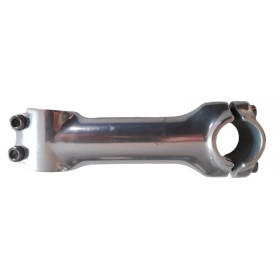 New productStem 120 mm aluminium
New productStem 120 mm aluminium- €14.99
-
 UsedGiant stem 60 mm
UsedGiant stem 60 mm- €7.99
-
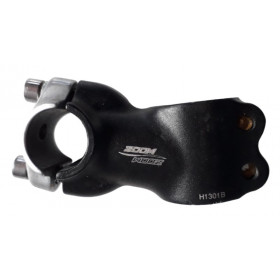 New productZoom stem 55 mm
New productZoom stem 55 mm- €9.99
-
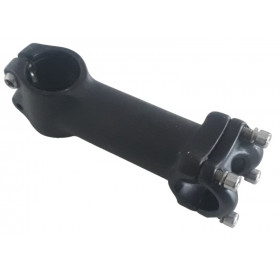 New product100 mm stem aluminium
New product100 mm stem aluminium- €9.99
-
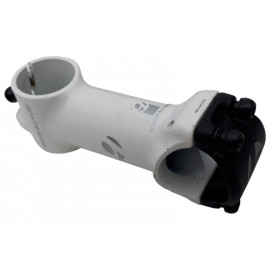 UsedBontrager stem 90 mm OS
UsedBontrager stem 90 mm OS- €12.99
-
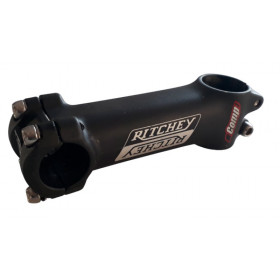 New product -31%Ritchey comp stem 110 mm
New product -31%Ritchey comp stem 110 mm- €20.00
- €28.99
-
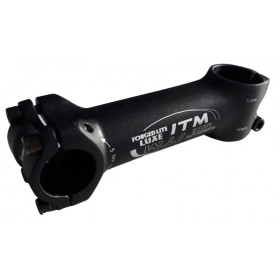 New product
New product -
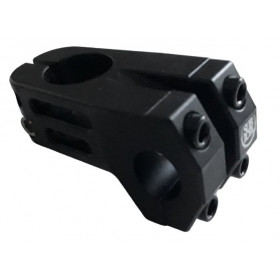 New product -35%50 mm stem BMX Subrosa
New product -35%50 mm stem BMX Subrosa- €35.10
- €54.00
-
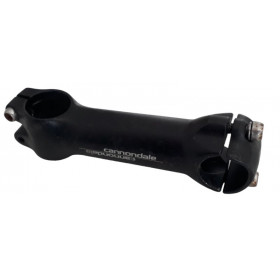 Used
Used -
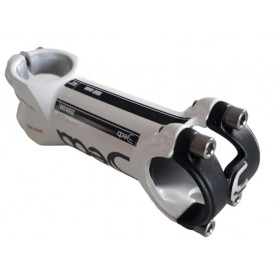 New product -50%Dedacciai Zero100 stem white OS
New product -50%Dedacciai Zero100 stem white OS- €47.50
- €94.99
-
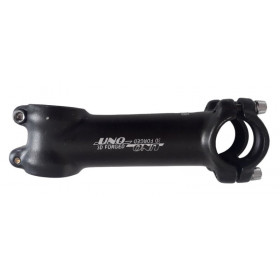 New productUNO bicycle stem 105 mm
New productUNO bicycle stem 105 mm- €10.99
-
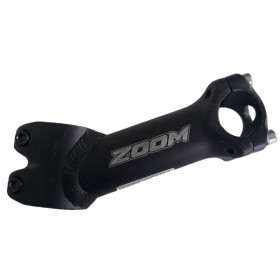 New productZoom bicycle stem 110 mm
New productZoom bicycle stem 110 mm- €10.99
-
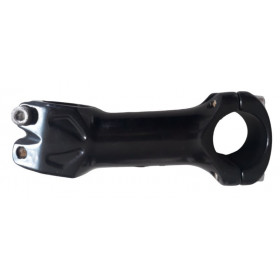 UsedBicycle stem 110 mm OS
UsedBicycle stem 110 mm OS- €8.99
-
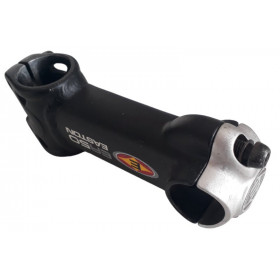 Used
Used -
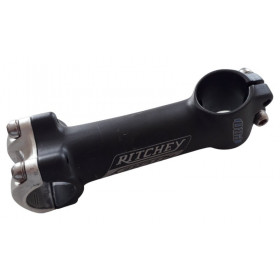 Used110 mm stem Ritchey PRO
Used110 mm stem Ritchey PRO- €9.99
-
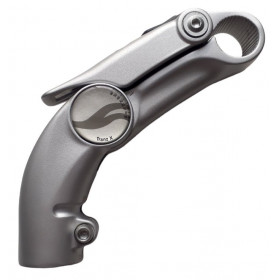 New product
New product -
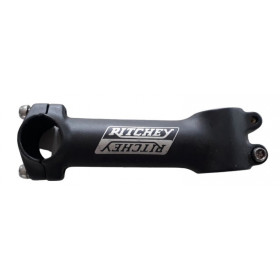 Used
Used -
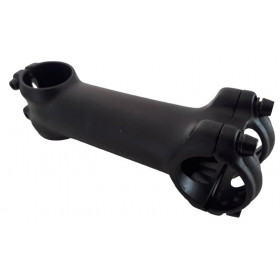 CustomizeNew product -35%4ZA forza stem 1" 1/8 OS
CustomizeNew product -35%4ZA forza stem 1" 1/8 OS- €19.49
- €29.99
-
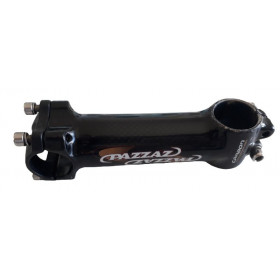 Used
Used -
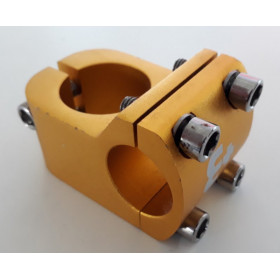 New product
New product -
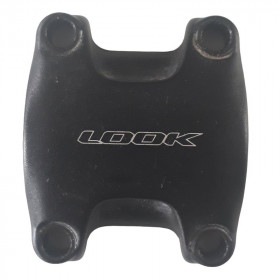 Used
Used -
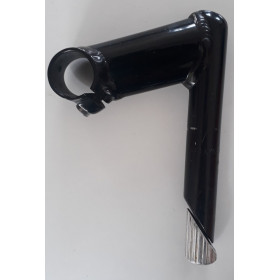 UsedPlunger stem 90 mm
UsedPlunger stem 90 mm- €5.99
-
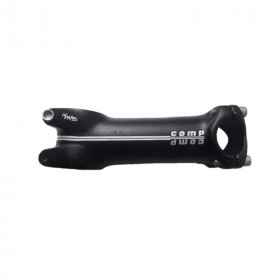 New product -50%110mm stem Decathlon btwin comp
New product -50%110mm stem Decathlon btwin comp- €10.00
- €19.99
-
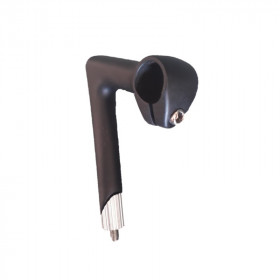 New product
New product -
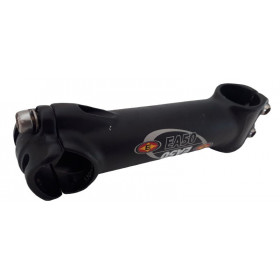 Used -60%Road bike stem 130 mm Easton EA50
Used -60%Road bike stem 130 mm Easton EA50- €14.00
- €34.99
-
 CustomizeNew productHigh stem with plunger
CustomizeNew productHigh stem with plunger- €12.99
-
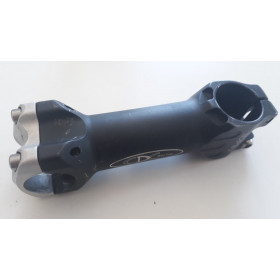 Used
Used -
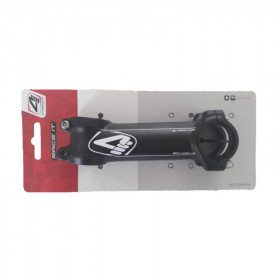 New product
New product -
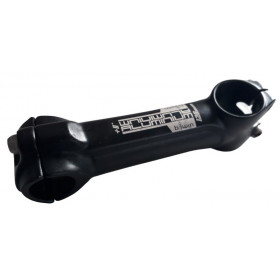 Used
Used -
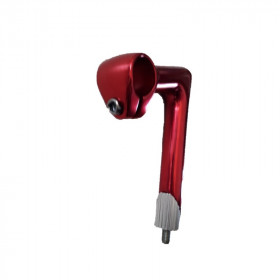 New product
New product -
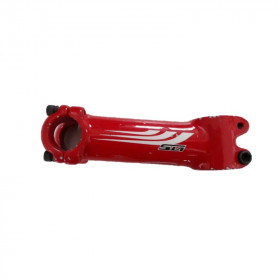 Used
Used -
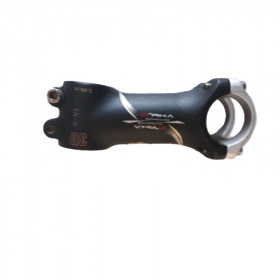 Used
Used -
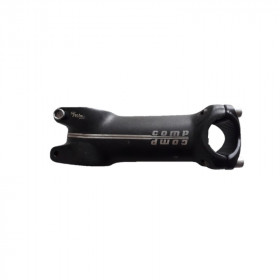 Used
Used -
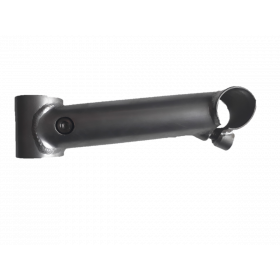 Used
Used -
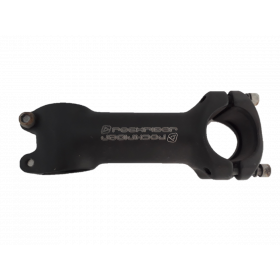 Used
Used -
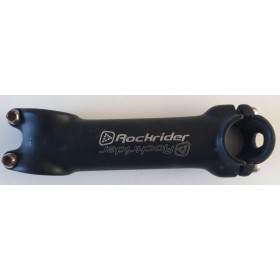 UsedRockrider 130 mm stem
UsedRockrider 130 mm stem- €8.99
-
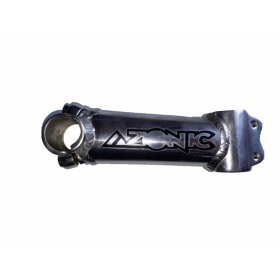 Used
Used -
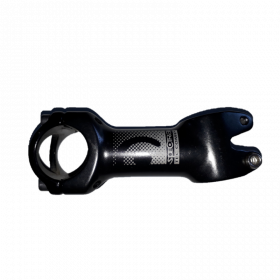 Used
Used -
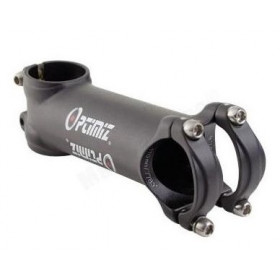 New productOptimiz stem 90 mm 1"1/8 OS
New productOptimiz stem 90 mm 1"1/8 OS- €14.90
-
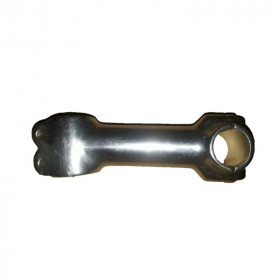 Used
Used -
 Used
Used -
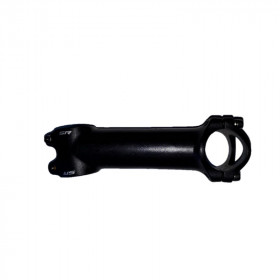 UsedSR stem 120 mm 1"1/8 OS
UsedSR stem 120 mm 1"1/8 OS- €9.99
-
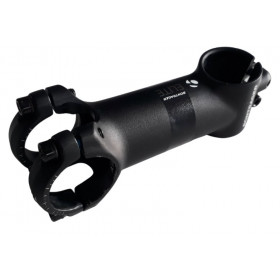 New product -30%Stem 100 mm Bontrager Elite OS
New product -30%Stem 100 mm Bontrager Elite OS- €27.99
- €39.99
-
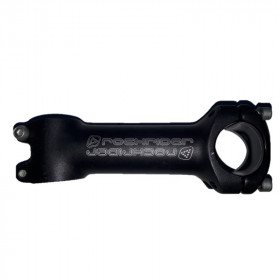 Used
Used -
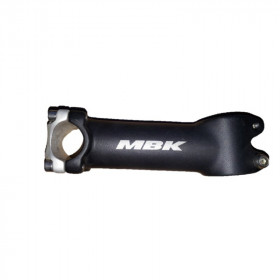 New product
New product -
 Used
Used -
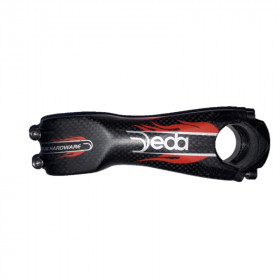 Used
Used -
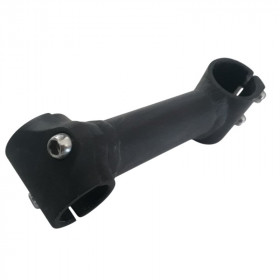 Used
Used -
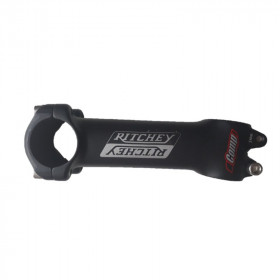 New product -31%Ritchey stem Comp 120 mm
New product -31%Ritchey stem Comp 120 mm- €20.00
- €28.99
-
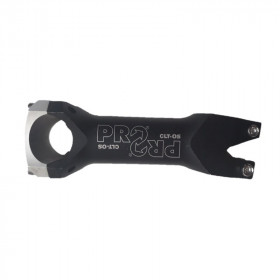 UsedPRO CLT stem 120 mm 1"1/8 OS
UsedPRO CLT stem 120 mm 1"1/8 OS- €14.90
-
 UsedRitchey WCS stem 130 mm
UsedRitchey WCS stem 130 mm- €19.99
-
 Used
Used -
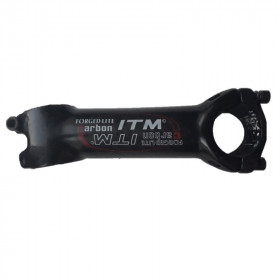 Used
Used -
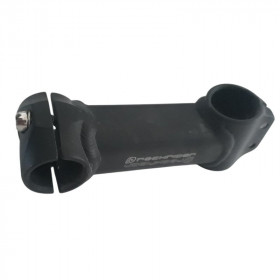 UsedStem 110 mm rockrider
UsedStem 110 mm rockrider- €7.99
-
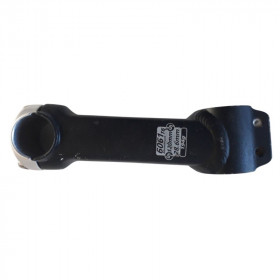 UsedStem 120 mm black
UsedStem 120 mm black- €7.99
-
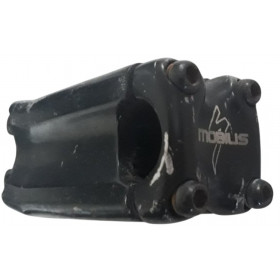 Used
Used -
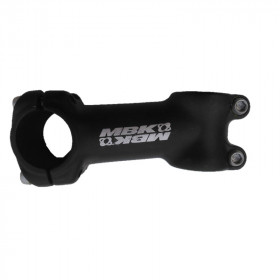 New productMBK stem 90 mm 1"1/8 OS
New productMBK stem 90 mm 1"1/8 OS- €11.90
-
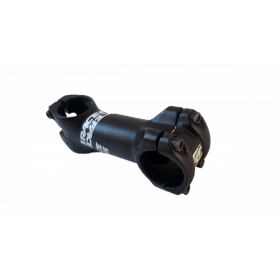 Used
Used -
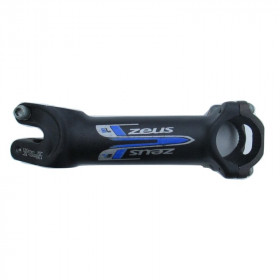 UsedZeus SL stem 130 mm 1"1/8 OS
UsedZeus SL stem 130 mm 1"1/8 OS- €11.90
-
 Used
Used -
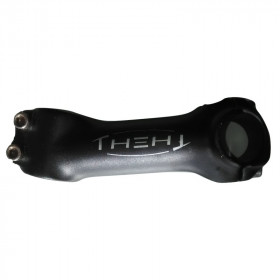 Used
Used -
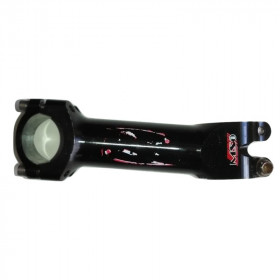 UsedMSO stem 120 mm 1"1/8 OS
UsedMSO stem 120 mm 1"1/8 OS- €7.99
-
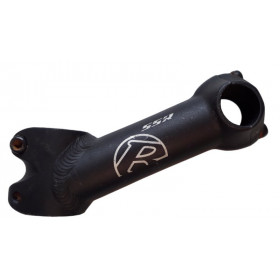 Used
Used -
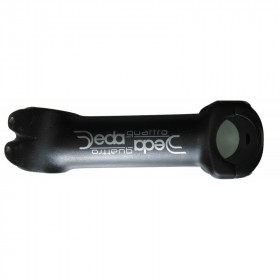 Used
Used -
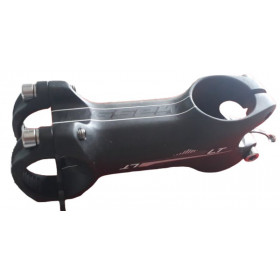 New productMassi LT stem 80 mm 1"1/8 OS
New productMassi LT stem 80 mm 1"1/8 OS- €29.99
-
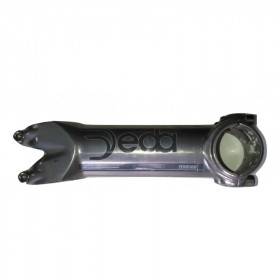 Used
Used -
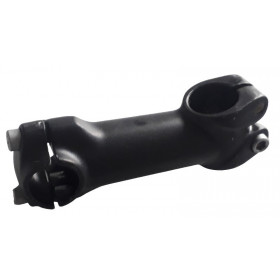 Used105 mm bicycle stem
Used105 mm bicycle stem- €3.99
-
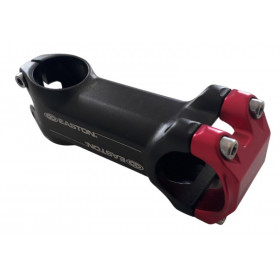 More detailsNew product -30% Out-of-StockEaston EA50 stem 90 mm
More detailsNew product -30% Out-of-StockEaston EA50 stem 90 mm- €33.53
- €47.90
-
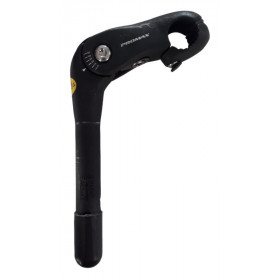 More detailsUsed Out-of-Stock
More detailsUsed Out-of-Stock -
 More detailsNew product -55% Out-of-StockDeda 35 stem 120 mm
More detailsNew product -55% Out-of-StockDeda 35 stem 120 mm- €58.50
- €129.99
-
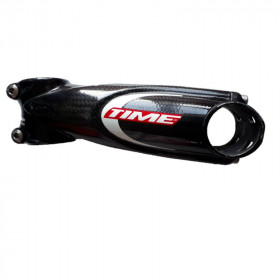 More detailsUsed Out-of-Stock
More detailsUsed Out-of-Stock -
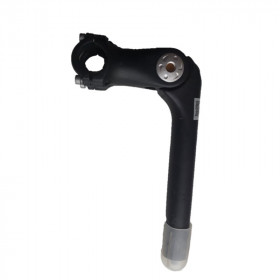 More detailsNew product Out-of-Stock
More detailsNew product Out-of-Stock
Showing 1-95 of 95 item(s)
The power of control: our stems, your ride.
What is the stem on a bicycle?
The stem of a bicycle is a mechanical part which secures the handlebars to the pivot of the fork; it is present on all types of bicycles regardless of the discipline or level of practice. It is an interchangeable element whose length, inclination and material can be chosen. The dimensional characteristics of a bicycle stem influence the steering behavior and the comfort of the cyclist. In fact, a short stem whose length is less than 90 mm will allow lively and responsive steering, the cyclist's posture will be raised while a longer bicycle stem will provide more stability and steering precision, the cyclist's position will be more aerodynamic. It is also possible to adjust a bicycle stem.

What is the stem on a bicycle?
To determine the appropriate stem size for your bike, it is essential to take into account several parameters such as the length, angle and clamping diameters between the handlebars & stem & fork steerer. Here is a detailed guide to help you choose the right stem size:
1. Measure Current Stem
Stem Length:
- Definition: Stem length is the distance between the center of the stem clamp screw (which attaches to the steering column) and the center of the part where the handlebars attach.
- Measurement: Use a ruler or tape measure to measure this distance in millimeters (e.g. 80mm, 100mm).
Stem Angle:
- Definition: The angle of the stem influences the position of the handlebars in relation to the frame.
- Adjustable vs. Fixed: Some stems allow the angle to be adjusted (e.g. +6°, 0°, -6°), providing greater flexibility in terms of riding position.
Clamping Diameter:
- Handlebars: Standard diameters are generally 25.4 mm or 31.8 mm. Check the diameter of your handlebars to choose a compatible stem.
- Fork tube: Common diameters are 1 inch (≈25.4 mm) or 1 1/8 inch (≈28.6 mm). Make sure the stem matches the diameter of your steering column.
2. Determine Your Needs and Preferences
Type of Bike and Use:
- Road bike: Often shorter road bike stem (70-90mm) is used for an aerodynamic position.
- MTB: Longer bicycle stems (100-130 mm) can provide better maneuverability on uneven terrain.
- Trekking or Urban Bike: An intermediate length can offer a good balance between comfort and control.
Driving Position:
Comfort vs. Performance: A shorter stem can make the ride more responsive, while a longer stem can provide more stability and comfort.


Comfortable position Aerodynamic position
3. Consult the Manufacturer's Specifications
- Bicycle Manual: Some manufacturers recommend specific stem sizes for each bicycle model.
- Manufacturer's Website: You can often find recommendations for compatible components.
4. Consider Component Compatibility
- Tightening Standard: Make sure that the clamping diameter of the stem matches that of your handlebars and steering column.
- Compatibility of Components: Check that the stem is compatible with other components on your bike, including brake type (disc brakes, rim brakes) and handlebar type (drop, flat, etc.).
5. Change or Adjust the Stem
- Changing Stem: If you want to change the riding position, choose a stem with a length and angle suited to your needs.
- Height Adjustment: Some stems allow you to adjust the height by changing the spacers or by using a telescopic stem.
6. Consult a Professional
Bike Workshop: If you have doubts or if you want to optimize the configuration of your bike, go to a specialized workshop. A mechanic will be able to advise you and make the necessary adjustments.
Summary
To find out the size of your stem:
- Measure the length and angle of your current stem.
- Check the clamping diameters of your handlebars and steering column.
- Evaluate your needs based on the type of bike and your riding style.
- Consult your bike manufacturer's recommendations.
- Ensure compatibility with other components.
- Call a professional if necessary for personalized advice.
By following these steps, you will be able to choose a stem that improves the comfort, handling and performance of your bike according to your specific preferences and needs.
Why use a shorter stem?
Opting for a shorter stem on a bike can bring several advantages in terms of comfort, handling and responsiveness, especially depending on the type of bike and riding style. Here are the main reasons for choosing a shorter stem:
1. Improve Maneuverability
A short stem makes the bike's steering more responsive, which can be a great advantage when mountain biking, especially on technical descents or on winding trails. With a shorter stem, the handlebars are closer to the rider, allowing for faster and more precise movements. This is particularly useful in environments where you often need to adjust your trajectory.
2. Promote a More Upright and Comfortable Position
On a touring, trekking or city bike, a short stem brings the handlebars closer to the cyclist, offering a more upright riding position and therefore more comfortable for the back and shoulders. This can be beneficial for longer rides or for riders looking for a more relaxed position, reducing fatigue on the upper body muscles.
3. Improve Downhill Control
A shorter stem allows for better control when descending, as it places the rider's weight a little further back and thus promotes stability. A mountain bike stem helps maintain better control on steep and technical terrain, preventing the front wheel from sinking or locking up.
4. Adjust Driving Position for More Stability
If a rider finds they are leaning too far forward, a shorter stem can correct this position by bringing the handlebars closer. This allows for a more centered posture, with a more balanced distribution of weight between the front and rear of the bike, increasing overall stability, especially on varied surfaces.
5. Increase Confidence for Less Experienced Cyclists
For new riders or those who feel less comfortable in certain conditions, a shorter stem can provide a better sense of control and confidence. More responsive steering makes the bike easier to handle in unexpected situations, such as avoiding an obstacle.
6. Optimize for Intense Cycling Practices
In disciplines like enduro, downhill or BMX, handling and responsiveness are crucial, and a shorter stem becomes essential. It allows cyclists to quickly change direction and meet the needs of aggressive riding.
In summary:
A shorter stem is recommended for:
- Improve handling and responsiveness
- Provide a more comfortable and upright driving position
- Strengthen control on descents and turns
- Increase the overall stability of the bike
- Giving less experienced cyclists more confidence
This change should be made taking into account compatibility with the rest of the bike and the rider's preferences. A well-done stem adjustment can truly transform the riding experience and make the bike more suited to each individual's specific needs.
Why change the stem of a bike?
Changing a bicycle's stem is a common modification to adapt the riding position and improve comfort, handling or performance. Here are the main reasons why cyclists choose to replace the stock stem:
1. Adapt the Driving Position
The length and angle of the stem influence the rider's posture. By replacing the stem, you can:
- Lengthen or shorten the distance to the handlebars to adjust the position according to the rider's height and preferences.
- Adjust the height to adopt a more upright position (stem raised) or more aerodynamic (stem lowered), depending on the type of practice (road, mountain biking, leisure).
2. Improve Comfort
Changing the stem can alleviate certain pain (neck, shoulders, back) caused by poor position. For example :
Right position:
A shorter, raised stem brings the handlebars closer together and promotes a more upright position, relieving pressure on the back and neck, ideal for long-distance commuting or urban cycling.
Sporting position:
A longer, downward-angled stem may suit riders looking for a sportier, more aerodynamic position.
3. Optimize Handling and Control
The length of the stem influences handling:
- Short Stem: For mountain biking, a shorter stem improves steering responsiveness and makes it easier to control on technical or downhill trails.
- Long stem: On a road bike, a longer stem can provide better stability at high speeds and better balance when cornering.
4. Improve Performance
For performance-oriented cyclists, the stem can influence aerodynamics and power:
- Aerodynamic position: A longer, lower stem allows you to adopt a more streamlined position, reducing wind resistance to go faster.
- Better power transmission: An optimal riding position allows you to have more control and apply power more efficiently, which is crucial in road and competition practices.
5. Customize the Bike according to the Terrain Type
Changing the stem allows you to adapt the bike to specific practices:
- Rough terrain: For mountain biking, a shorter stem improves maneuverability on technical terrain.
- Road and Speed: A longer, lower stem is more suited to long straights and seeking speed on the road.
6. Adjust After Frame or Handlebar Modifications
If you have changed frames or handlebars, it may be necessary to replace the stem to ensure compatibility and comfort.
For example :
- Change frame size: If the new frame is larger or smaller, adjusting the stem length can compensate for this difference.
- Change the type of handlebar: By switching from a flat handlebar to a road handlebar or vice versa, comfort and handling can be optimized by choosing a new suitable stem.
7. Aesthetics and Personalization
Finally, for some cyclists, changing the stem is also a question of aesthetics or customization. A lightweight stem, in carbon, or with a particular design, can give a unique look to the bike and reduce weight, which may be sought after in certain disciplines such as mountain biking or road.
Conclusion
Changing the stem of a bike allows you to adjust the riding position, gain comfort and control, optimize performance and better adapt the bike to the type of terrain or practice. Whether for ergonomic, technical or aesthetic reasons, a well-chosen stem can truly transform the riding experience.
How do I know what size stem I need for my bike?
To determine the ideal stem size for your bike, you must take several elements into account: your body type, your riding style, the type of bike and the desired sensations. Here is a practical guide to help you choose the right stem size:
1. Analyze Current Driving Position
Start by assessing your current driving position:
- Do you feel that the handlebars are too far or too close? If you're leaning too far forward, a shorter stem might be right for you. If you feel too tucked in, a longer bicycle stem may be necessary.
- Do you feel any pain or discomfort? Pain in the back, shoulders or neck may indicate that the stem is not suitable for your body type.
2. Measure the Current Stem Length
Measure the length of your current stem, which is generally between 60 and 130 mm:
- Stem length: This is the distance between the center of the handlebars and the center of the steering column attachment.
- Stem angle: The angle can be neutral or tilted (up or down) and also affects handlebar height.
3. Take into account the Type of Bike and Practice
The discipline practiced influences the choice of stem:
- Road bike: A longer stem (between 90 and 120 mm) is common for an aero position. However, for increased comfort, a slightly shorter stem may be considered.
- Mountain biking: Shorter stems (between 35 and 80 mm) are favored for technical activities such as enduro or cross-country, because they improve handling and control.
- Urban or trekking bike: A mid-length stem (70 to 100 mm) with an upward angle provides a more upright and comfortable position for daily commuting.
4. Use the Fit Method for Riding Position
To accurately determine the ideal length, try simulating riding positions:
- Hands on the handlebars: Position yourself on the bike with your hands on the handlebars. Your elbows should be slightly bent and your back straight or slightly inclined.
- Look at your alignment: With correct stance, you should be able to see your front wheel axle by looking just above the stem.
- Posture tests in the workshop: A cycling professional can use a “bike fitting” system to precisely assess your ideal position.
5. Check the Clamping Diameter
Make sure the new stem is compatible with:
- The diameter of your handlebar: Usually 25.4 mm or 31.8 mm.
- Steering column diameter: The most common is 1 1/8 inch (28.6 mm).
6. Test Different Lengths if Possible
If you have access to different stems, test them to feel the difference:
- Shorter stem: Brings the handlebars closer together and makes the bike more maneuverable, but reduces stability.
- Longer stem: Moves the handlebars further away and makes the bike more stable at high speeds, but reduces maneuverability.
7. Consult a Professional
If you are in doubt, visit a bicycle shop or workshop for professional advice. A technician can help you test different stems and adjust your position optimally.
8. Major brands:
Some brands specialize in the design and manufacture of bicycle stems. Here are some examples of bicycle stem brands: Ritchey, Dedacciai, Easton, ...
In Summary
To determine the ideal stem size for your bike:
- Analyze your current riding position and measure your stem length.
- Take into account the type of bike and your practice (road, mountain bike, urban).
- Use the “fit” method or have a professional adjustment to optimize your posture.
- Check the compatibility of the diameters with your handlebars and steering column.
- Experiment if possible to find the length that offers the best balance of comfort and maneuverability.
By following these steps, you will be able to choose a suitable stem, which will make your ride more comfortable and efficient according to your needs.

